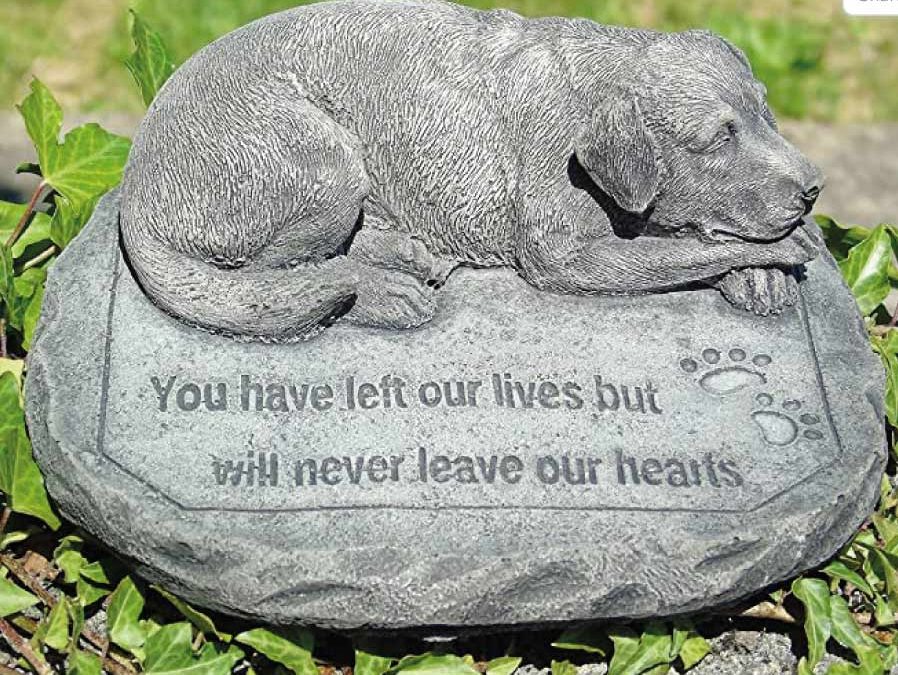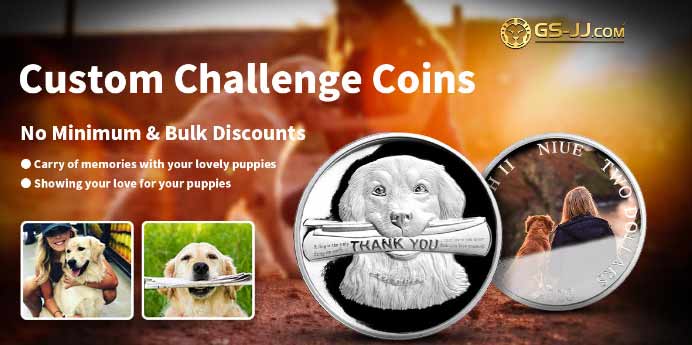
When is a mini goldendoodle full grown?
When is a mini goldendoodle full grown?
Introduction to Mini Goldendoodles
Mini Goldendoodles are a hybrid dog breed that crosses between a Golden Retriever and a Miniature Poodle. They are a relatively new breed that has become increasingly popular due to their hypoallergenic coat and friendly temperament. Mini Goldendoodles are known for their intelligence, loyalty, and playful nature.
They are also great with children and make excellent family pets. Because they are a mix of two different breeds, their appearance can vary, but they generally have a curly or wavy coat that ranges in colour from cream to gold. As their name suggests, Mini Goldendoodles are a smaller version of the standard Goldendoodle breed.
They typically weigh between 15 and 35 pounds and stand about 13 to 20 inches tall at the shoulder. If you are considering getting a Mini Goldendoodle, it’s important to research breeders and find a reputable one who prioritises the health and well-being of their dogs. Regular exercise, proper grooming, and a balanced diet are also important for keeping your Mini Goldendoodle healthy and happy.

Understanding the growth stages of Mini Goldendoodles
Like all dogs, Mini Goldendoodles go through several growth stages as they develop from puppies into adult dogs. Understanding these stages can help you provide the best care for your Mini Goldendoodle and ensure they grow up to be healthy and happy.
Newborn Stage: This stage lasts from birth to about two weeks of age. Mini Goldendoodles completely depend on their mother for food and warmth during this time. They will sleep most of the day and start to crawl around and explore their surroundings towards the end of this stage.
Transitional Stage: This stage lasts from two to four weeks of age. Mini Goldendoodles begin to open their eyes and ears, and their sense of smell develops. They will start to stand up and walk and begin to eat solid food.
Socialisation Stage: This stage lasts from four to twelve weeks of age. It is a crucial period for socialisation and bonding with their family and other dogs. Mini Goldendoodles will become more active and playful during this stage and learn important social skills and behaviours.
Juvenile Stage: This stage lasts from three to six months of age. Mini Goldendoodles will experience a growth spurt and become more independent during this time. They will also start to lose their baby teeth and develop adult teeth.
Adolescence Stage: This stage lasts from six months to two years. Mini Goldendoodles will continue to grow and develop during this time, both physically and mentally. Training may become more challenging as they test their boundaries and explore their independence.
Adulthood Stage: This stage starts at around two years of age and continues for the rest of the dog’s life. Mini Goldendoodles are fully grown and mature during this stage, and they will settle into their adult personality and behaviour.
It’s important to remember that every Mini Goldendoodle is unique and may develop at slightly different rates. A healthy diet, regular exercise, and plenty of socialisation and training can help ensure your Mini Goldendoodle grows into a happy and healthy adult dog.

Factors affecting the growth of Mini Goldendoodles
Several factors can affect the growth and development of Mini Goldendoodles, including:
Genetics: The genetics of the Mini Goldendoodle’s parents play a significant role in their growth and development. Poodles and Golden Retrievers have different growth rates and sizes, so the size and weight of a Mini Goldendoodle can vary depending on which breed they take after.
Nutrition: Proper nutrition is essential for healthy growth and development in Mini Goldendoodles. Feeding a high-quality, well-balanced diet that is appropriate for their age and size is important. Overfeeding or underfeeding can lead to growth and health problems.
Exercise: Regular exercise is important for Mini Goldendoodles to maintain healthy growth and development. Exercise helps build muscle and bone mass and improves cardiovascular health.
Health: Health issues can affect a Mini Goldendoodle’s growth and development. Health problems such as malnutrition, hypothyroidism, and other medical conditions can affect growth and development.
Environmental factors: The environment in which a Mini Goldendoodle lives can also affect their growth and development. Factors such as stress, poor living conditions, and lack of socialisation can affect their growth and overall health.
It’s important to provide a healthy and nurturing environment for your Mini Goldendoodle to ensure healthy growth and development. Regular visits to the vet, proper nutrition, regular exercise, and plenty of socialisation can help your Mini Goldendoodle grow up to be a happy and healthy adult dog.

How to determine if your Mini Goldendoodle is fully grown – weight and height
Determining if a Mini Goldendoodle is fully grown can be tricky because it can continue to grow and develop for up to two years. However, there are some general guidelines for determining if your Mini Goldendoodle is close to its full size:
Weight: Mini Goldendoodles typically reach their adult weight between 9 and 12 months. At this point, they should weigh between 15 and 35 pounds, depending on their size and sex.
Height: Mini Goldendoodles typically reach their full height at around 12 months. They should stand between 13 and 20 inches tall at the shoulder.
Remember that these are general guidelines, and individual Mini Goldendoodles may vary in their growth and development. Additionally, some Mini Goldendoodles may continue to fill out and gain muscle mass after reaching their full height.
Regular check-ups with your veterinarian can help you track your Mini Goldendoodle’s growth and development and ensure they are healthy and happy. If you have concerns about your Mini Goldendoodle’s growth or development, consult your veterinarian.
Age range when Mini Goldendoodles are typically fully grown
Mini Goldendoodles are typically fully grown between 12 and 24 months of age. However, some may reach their full size and weight as early as 9 months, while others may continue to develop and fill out until they are 2 years old or even slightly older.
The age at which a Mini Goldendoodle is fully grown can depend on several factors, including genetics, nutrition, exercise, and overall health. It’s important to provide proper nutrition, regular exercise, and regular veterinary care to ensure your Mini Goldendoodle grows up to be a healthy and happy adult dog.

Tips for caring for your Mini Goldendoodle during growth stages
Here are some tips for caring for your Mini Goldendoodle during its growth stages:
Newborn Stage: During this stage, your Mini Goldendoodle completely depends on its mother for food and warmth. Ensure the mother has a comfortable, quiet space to care for her puppies. Monitor the puppies for signs of distress or health problems, and contact your veterinarian if necessary.
Transitional Stage: Start introducing solid food to your Mini Goldendoodle and gradually wean them off their mother’s milk. Provide a warm and safe environment for them to explore as they crawl around.
Socialisation Stage: This is a crucial stage for socialization and bonding with your Mini Goldendoodle. Introduce them to new people, animals, and environments to help them develop important social skills and behaviors.
Juvenile Stage: This stage is marked by a growth spurt, so it’s important to provide a healthy diet and regular exercise to support their growth. This is also a good time to start basic obedience training.
Adolescence Stage: During this stage, your Mini Goldendoodle may become more challenging to train as they test their boundaries and explore their independence. Consistency and patience are key during this time.
Adulthood Stage: Your Mini Goldendoodle is now fully grown and mature. Continue to provide regular veterinary care, a healthy diet, and regular exercise to maintain their health and well-being.
Overall, providing a loving and nurturing environment for your Mini Goldendoodle is important during all stages of its growth and development. Regular veterinary care, proper nutrition, regular exercise, and plenty of socialization and training can help ensure that your Mini Goldendoodle grows into a happy and healthy adult dog.
Tips for caring for your Mini Goldendoodle during growth stages
Here are some tips for caring for your Mini Goldendoodle during its growth stages:
Newborn Stage: During this stage, your Mini Goldendoodle completely depends on its mother for food and warmth. Ensure the mother has a comfortable, quiet space to care for her puppies. Monitor the puppies for signs of distress or health problems, and contact your veterinarian if necessary.
Transitional Stage: Start introducing solid food to your Mini Goldendoodle and gradually wean them off their mother’s milk. Provide a warm and safe environment for them to explore as they crawl around.
Socialisation Stage: This is a crucial stage for socialisation and bonding with your Mini Goldendoodle. Introduce them to new people, animals, and environments to help them develop important social skills and behaviours.
Juvenile Stage: This stage is marked by a growth spurt, so it’s important to provide a healthy diet and regular exercise to support their growth. This is also a good time to start basic obedience training.
Adolescence Stage: During this stage, your Mini Goldendoodle may become more challenging to train as they test their boundaries and explore their independence. Consistency and patience are key during this time.
Adulthood Stage: Your Mini Goldendoodle is now fully grown and mature. Continue to provide regular veterinary care, a healthy diet, and regular exercise to maintain their health and well-being.
Overall, providing a loving and nurturing environment for your Mini Goldendoodle is important during all stages of its growth and development. Regular veterinary care, proper nutrition, regular exercise, and plenty of socialisation and training can help ensure that your Mini Goldendoodle grows into a happy and healthy adult dog.







[…] Which foreign pets are legal in Washington State? […]